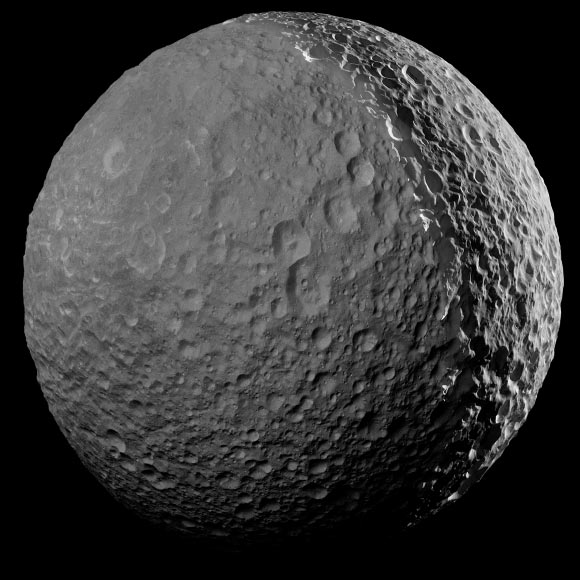13,900-Year-Old Projectile Point Found in Washington
Scientists have found fragments a human-made projectile point in a rib of an American mastodon (Mammut americanum) from the Manis site, Washington, the United States. The projectile point is about…











